Biology - Vocabulary
1/106
There's no tags or description
Looks like no tags are added yet.
Name | Mastery | Learn | Test | Matching | Spaced |
|---|
No study sessions yet.
107 Terms
Ligand
A small molecule that binds to a receptor that is used in cell communication.
Signal Transduction
the process where a signal received by the cell travels to the response area.
Lipid Ligand
a nonpolar ligand that is able to pass through a cell’s membrane.
Polar Ligand
usually proteins, and they cannot pass through membrane.
secondary messengers
molecules that take the signal received by the cell to the target area.
Phosphorylation Cascade
method of signal transduction where phosphate groups (from ATP) are de/attached to proteins, catalyzed by enzymes
Protein Kinase
a type of enzymes that helps attach phosphate to proteins during phosphorylation.
Protein Phosphatase
A type of enzymes that help remove phosphate from proteins during phosphorylation.
Cell Junctions
cells have structures that let them bind to adjacent cells
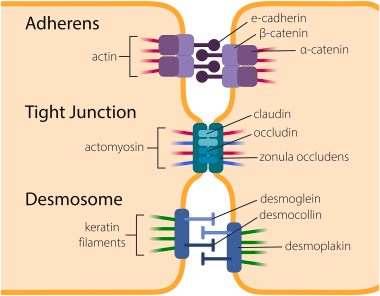
Cell Recognition
cells have special proteins that let other cells recognize them
Paracrine signaling
cell releases molecules to communicate w/ other cells in the neighborhood
Synaptic signaling
signaling between 2 neurons
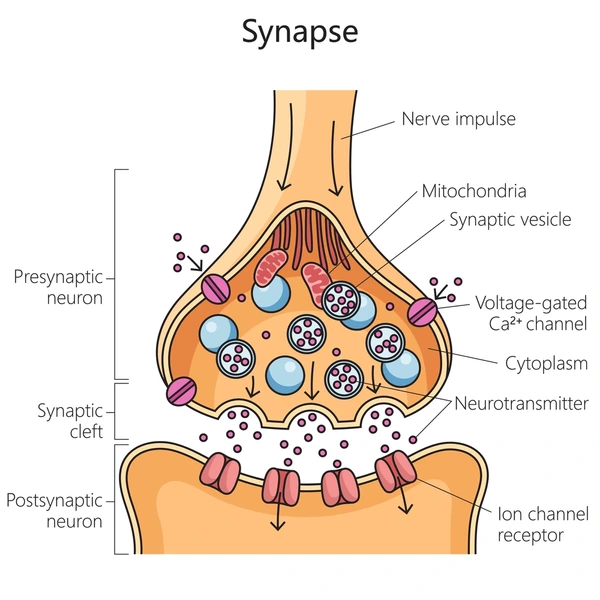
Endocrine signaling
Cells signals are carried by the circulatory system to farther areas.
Haploid cell
a cell that has only one complete set of chromosomes

Diploid Cell
a cell that has two sets of chromosomes
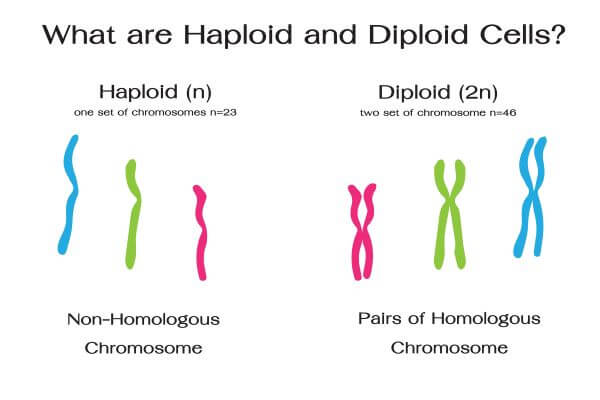
Interphase
Cell’s growth development phase before mitosis and cytokinesis. G1, S, G2
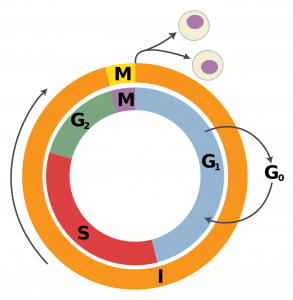
G1
Where the cell replicates all the organelles and grows
G0
when cell is dormant, not gonna reproduce yet
S phase
DNA replication
G2
cell checks for DNA damage and prepares for mitosis
cyclin
a protein used in cell cycle check points that activates cyclin-dependent kinases
cyclin dependent kinases
enzymes that phosphorylate other proteins to continue the cell cycle
Mitosis
process of splitting the nucleus
prophase
DNA coils into chromosomes and mitotic spindle starts to form and nuclear membrane breaks down
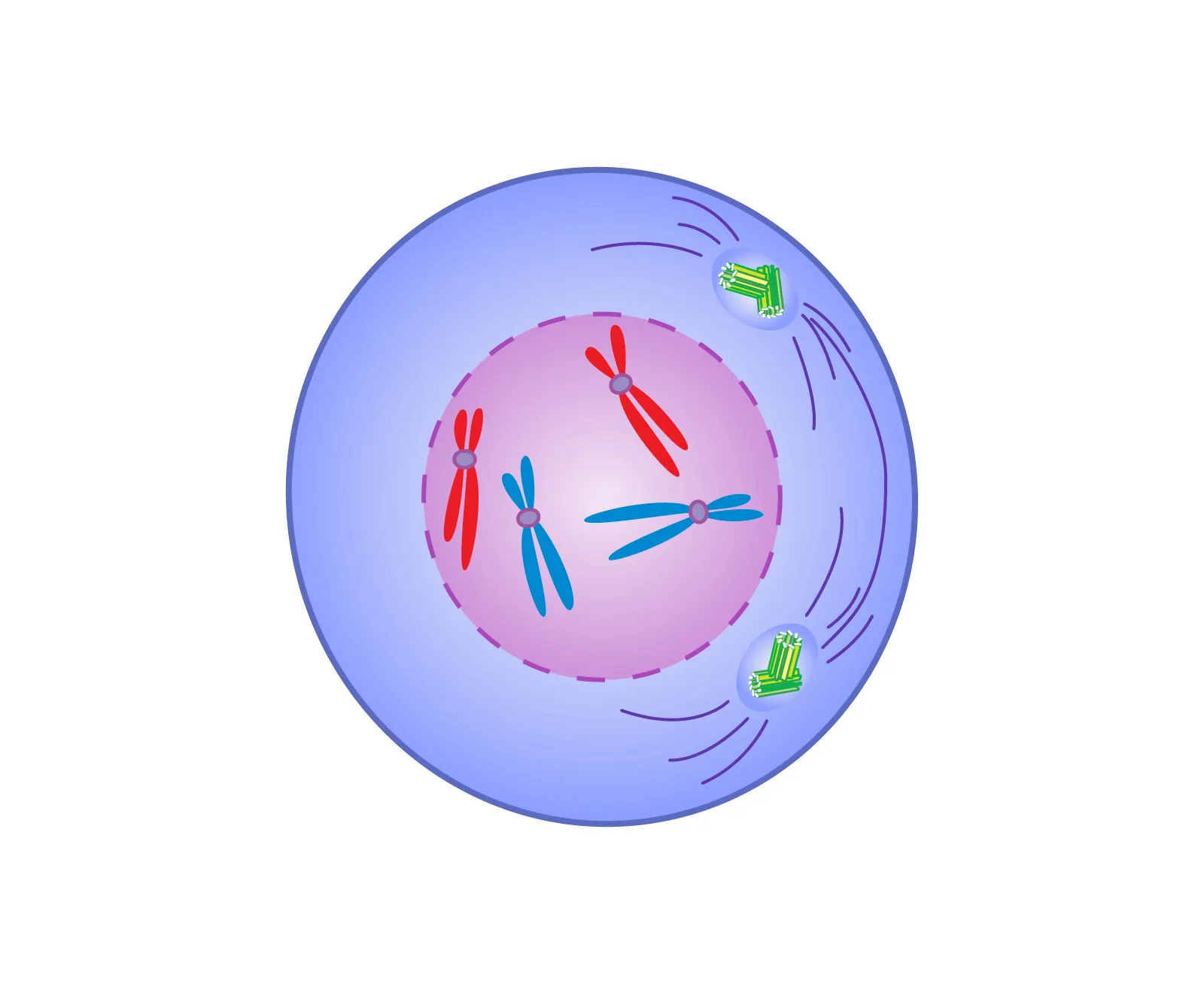
Metaphase
chromosomes line up in the equator and spindle fibers attach
centromere
snatched waist of the chromosome
Kinetochore
a protein on the centromere that lets spindle fibers attach

Anaphase
spindle fibers separate sister chromatids
Telophase
Nuclei form around separated chromosomes
Cytokinesis
cell membrane splits around the nuclei
Clevage furrow
how animal cells split
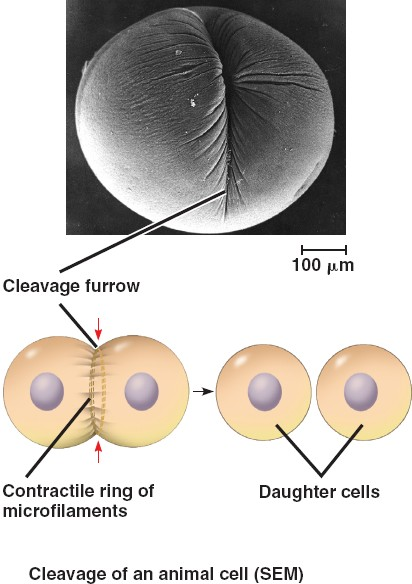
Cell plate
how plant cells split

homozygote
when an org’s set of alleles for a gene is made of identical alleles
heterozygote
when an org’s set of alleles for a gene is made of different alleles
testcross
breeding an org w/ unknown genetic and a recessive homozygote to find out its genetic makeup
monohybrid
when an org is heterozygous for only one trait
dihybrid
when an org is heterozygous for 2 traits
incomplete dominance
where one allele does not exhibit complete dominance and heterozygotes have a phenotype in between dominant and recessive homozygotes
codominance
two alleles have different effects, and heterozygotes don’t have intermediate phenotype, instead have both phenotypes
pleiotropy
a gene codes for multiple phenotypes
polygenic inheritance
where a multiple genes affect the phenotype
epistasis
when a gene’s phenotype affects a different gene’s phenotype
gonad
Sexual organ
spermatogenesis
creation of sperm
oogenesis
Creation of egg
binary fission
budding
asexual reproduction where a new identical org grows on the person
fragmentation
asexual reproduction where “chopped off” part becomes new identical org
meiosis
diploid parent gamete → 2 diploid daughters → 4 haploid cells
homologous chromosomes/tetrads
pairing of 2 corresponding chromosomes (like they have the same genes (possibly different alleles) ) one from mom one from dad
chiasma
areas where tetrads exchange genes
prophase I meiosis
dna coils into chromosomes then tetrads, genetic info exchanged + normal mitosis prophase stuff
metaphase I meiosis
homologues chromosomes are lined up in the center and attached to the spindle fibers
Anaphase I meiosis
homologus chromosoms split into sister chromatids
Telophase I + Cytokinesis Meiosis
nuclei form around the split chromosomes & cytoplasm splits
nondisjunction
when homologs or sister chromatids fail to separate correctly - may cause genetic disorders.
Virus
Genes with a protein coat
multiple alleles
when multiple alleles control the expression of a gene
sex-linked gene
any gene that is on a x or y chromosome
linked genes
genes that have close loci and are therefore expressed together often bc during DNA crossover they cross over together.
autosome
non-sex chromosome
Autosomal Dominant Pedigree Evidence
trait appear in both sexes
trait usually don’t skip generations
Autosomal Recessive Pedigree Evidence
both genders
trait may skip generations
2 ppl with the trait bred 2gether will never produce other trait
Sex-Linked Dominant Pedigree Evidence
appears mostly in men
same as dominant
Sex-linked Recessive Pedigree evidence
appears mostly in men
same as recessive
wild type
X/Y linked genes
genes on the X/Y chromosomes
Barr Body
One of a female’s chromosomes is deactivated in embryonic development in each cell (randomly) and becomes a Barr Body. It is reactivated during egg formation
mosaicism
if female is heterozygous, bc of X deactivation ~half cells will express one gene and the other half express another → causes cat tortoise shell
parental types
offspring that matches one parent
recombinants
offspring that has new combos of traits
when parental types occurence >50%
liekly linked genes
linkage map
gene map based on recombination frequency (lower freq = closer)
aneuploidy
when zygote receives abnormal amount of chromosome
monosomic
when zygote is missing a chromosome
trisomic
when 3 copies of chromsome in offspring
transformation (genetics)
a way of bacteria increasing genetic diversity by picking up other genes from enviro and expressing them
semi--conservative DNA replication
½ DNA is always original

DNA polymerase
a enzyme that helps start DNA replication by adding new nucleotides from 5’ to 3’ (for new)/ 3’ to 5’ (for originial)
DNA Helicase
an enzyme that unwinds the DNA double helix
Step 1 of DNA replication
DNA helicase splits the double strand & unwinds the dble helix
Step 2 of DNA replication
Binding proteins stop hydrogen bonds so DNA single strands cant go back together
Step 3 of DNA Replication
Topoisomerase prevents DNA snapping by relieving tension on the uncoiled DNA
Step 4 of DNA Replication
Primase puts RNA primers on the 3’ part of DNA so the DNA polymerase knows where to go
Step 5 of DNA Replication
DNA Helicase travels in replication fork and keeps splitting and unwinding the strand
Step 6 of DNA Replication
DNA Polymerase III comes to replicate DNA, causing the leading and lagging strands
leading strand
DNA strand where DNA polymerase goes in the replication fork direction
lagging strand
DNA strand where DNA polymerase goes in opposite direction of replication fork
Okazaki fragments
segments on the lagging strand where the DNA polymerase goes and replicates and then goes backwards to replicate more & so on
Step 7 of DNA Replication
other types of DNA polymerase come back to proofread the DNA & fix any issues. They also replace RNA primer w/ DNA.
Step 8 of DNA Replication
Ligase connect Okazaki fragments & joins the 2 strands of DNA